This essay explores speaker technology, specifically speaker sensitivity and its effect on audio performance.
Knowing how sensitive speakers are is important for audiophiles and music fans because it affects sound quality.
We explore four important elements that demystify speaker sensitivity, from technical issues to practical results.
If you love music or want better sound, or need to complete a perfect home theater system, knowing these things will help you choose the right speakers for you. It doesn't matter if you're an expert or just starting.
What is Speaker Sensitivity
Sensitivity, often known as sound pressure level (SPL), is an important indicator of a speaker's ease of use.
We measure loudspeaker sensitivity in decibels per watt (dB/W). This measurement indicates how loud the sound is at a distance of one meter from the speaker. We determine the sensitivity using a power of 1 watt.
This rating measures a speaker's ability to reproduce features in an audio signal accurately. A higher sensitivity indicates a greater response to subtle auditory subtleties.
We suggest that speaker sensitivity exceeds 86dB/W for the best Hi-Fi performance. It can ensure the ability to capture and communicate the intricacies inherent in high-quality audio sources.
Relations Between Speaker Sensitivity and Sound Volume
Increased sensitivity correlates with lower input power requirements, resulting in more sound output from the same power source.
The increased sensitivity of a speaker suggests efficiency, requiring less power from the amplifier.
This efficiency not only results in a stronger sound output but also makes the speaker easier to operate, and needs the use of a smaller power amplifier.
In essence, increased sensitivity improves not only audio performance but also the overall efficiency and ease of use of home audio systems.
Many people are unsure about active speakers. This is especially true when a speaker with higher power doesn't produce as much sound as one with lower power. The varying sensitivity levels of the speakers are a major contributor to this phenomenon.
Under normal conditions, active speakers have sensitivities ranging from 83dB/w/m to 92dB/w/m.
A 9dB difference matters because, for every 3dB change in sensitivity, you need to double the power to keep the same loudness.
For example, a speaker with 92dB/w/m sensitivity at 10W produces the same volume as an 83dB/w/m sensitive speaker at 80W power.
Understanding these sensitivity differentials is critical for maximizing active speaker system performance.
Relations Between Speaker Sensitivity and Sound Quality
Contrary to popular assumption, expecting that increased sensitivity in active speakers leads to improved performance is a mistake.
While it may appear that achieving greater levels at lesser power is advantageous, there is a significant trade-off between high sensitivity and sound quality.
The increase in sensitivity frequently coincides with a rise in distortion, providing difficulty for high-fidelity speakers. As a result, to preserve sound fidelity, it is necessary to balance the desire for increased sensitivity.
In simpler terms, being more sensitive often requires sacrificing control, bass strength, and restoration power. It also means accepting distortion without spending a significant amount of money.
This compromise dramatically degrades the overall sound quality of active speakers, highlighting the importance of taking a balanced approach to increasing sensitivity without sacrificing audio integrity.
Simultaneously, claiming that speakers with lower sensitivity are superior or that speakers with higher sensitivity must have inferior sound quality is incorrect.
Subpar components can damage both sensitivity and overall performance, therefore the materials used in speaker manufacturing are critical.
Superior materials and innovative manufacturing procedures may increase costs, but they can also maintain sound quality and sensitivity.
Sensitivity is a statistic that shows how well a speaker converts electrical signals into sound. It doesn't directly relate to the speaker's overall sound quality.
Method About Choosing Speakers Based on Speaker Sensitivity
Simultaneously, claiming that speakers with lower sensitivity are superior or that speakers with higher sensitivity must have inferior sound quality is incorrect.
Subpar components can damage both sensitivity and overall performance, therefore the materials used in speaker manufacturing are critical.
Superior materials and innovative manufacturing procedures may increase costs, but they can also maintain audio quality and sensitivity.
Sensitivity is a statistic that shows how well a speaker converts electrical signals into sound. It doesn't directly relate to the speaker's overall sound quality. For example, it is incorrect to say the active is better than passive stereo speakers.
Premium-grade speakers with high output power reduce the risk of insufficient volume due to low sensitivity.
Moreover, speakers in this price range usually employ better materials. And lower sensitivity might be a deliberate design decision to enhance sound quality.
In these situations, we don't need to prioritize sensitivity as the main factor. We can choose speakers with lower sensitivity but still good audio performance.
Because the sensitivity parameter does not directly reflect a speaker's sound quality, many consumers are unfamiliar with it.
Occasionally, manufacturers misrepresent sensitivity, mistaking the sensitivity of the speaker unit for the overall sensitivity of the speaker.
Speakers with advanced crossover systems, especially in the mid-to-high-end range, can cause audio decrease. This leads to lower overall speaker sensitivity compared to the individual unit.
The speaker claims to have a sensitivity of 90dB/W/m, but in truth, it only has a sensitivity of 88dB/W/m.
The intricate crossover systems cause this disparity. To improve the accuracy and realism of adjusting sensitivity for a speaker system, we recommend subtracting approximately 2dB/W/m. This adjustment will provide a more precise and lifelike outcome.
Conclusion
We've traveled through important components critical for any music lovers while unraveling the complexities of speaker sensitivity.
While sensitivity is important, it is not the only factor in a speaker's quality. When we study how sensitivity affects performance, we see the importance of balancing power, efficiency, and sound reproduction.
While higher sensitivity may imply greater efficiency, striking a balance is critical, especially when chasing ideal sound quality. Choosing the right speaker is hard because you have to consider sensitivity, power requirements, and material quality.
Knowing these details helps shoppers choose wisely, whether they want affordable speakers with less sensitivity or expensive ones with intentional design.
To have a good audio experience, we need to consider sensitivity and other important factors. This will help us combine technology and artistry in audio.


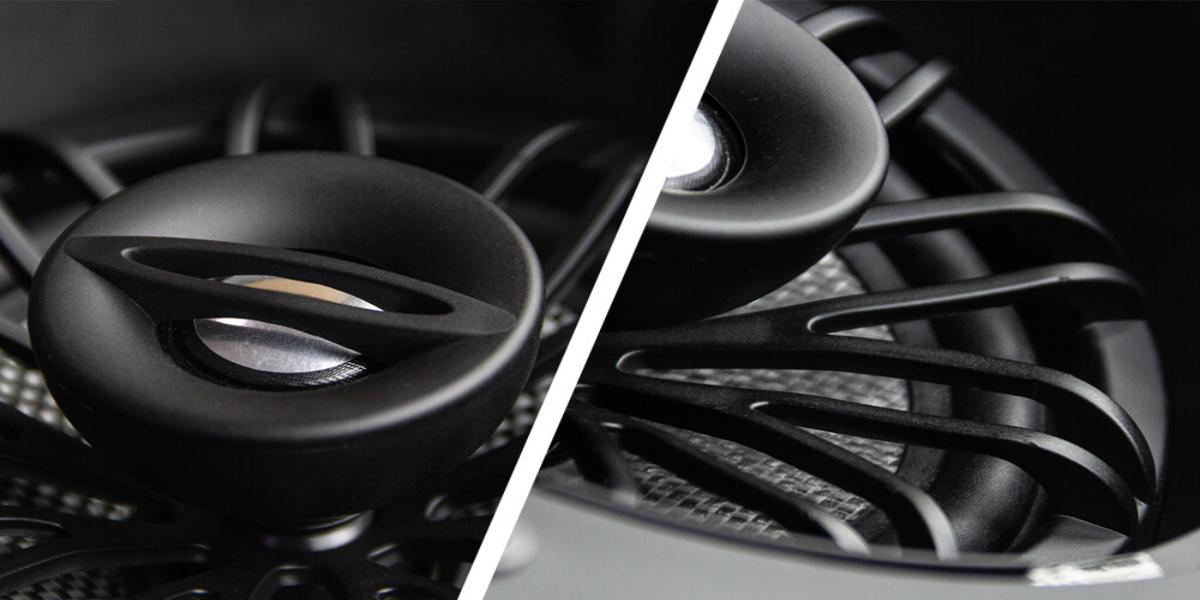
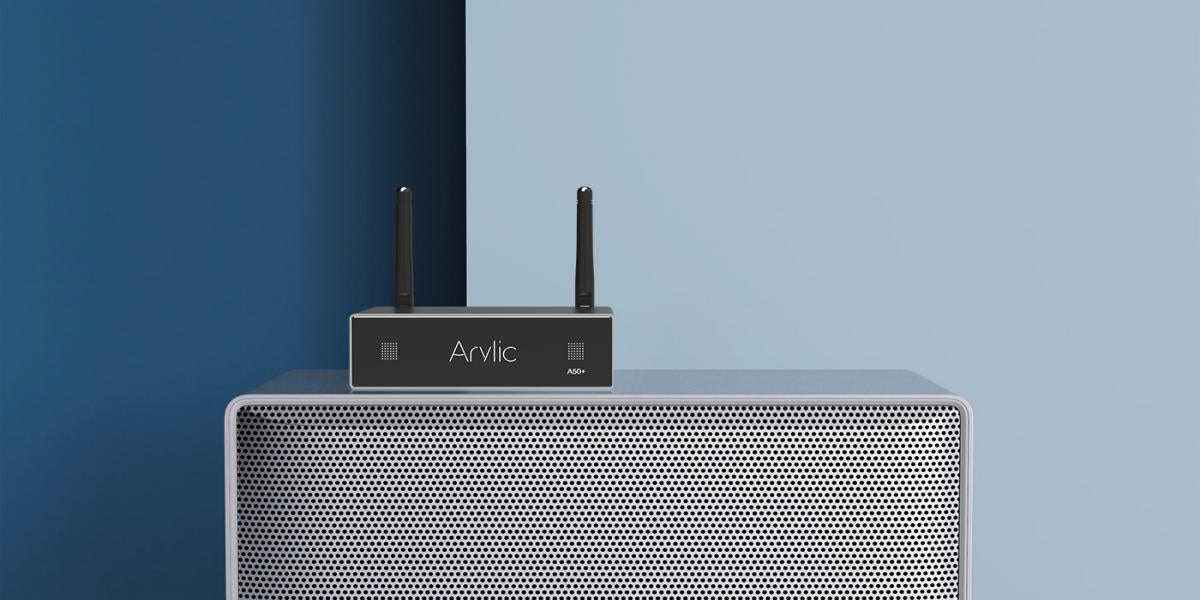
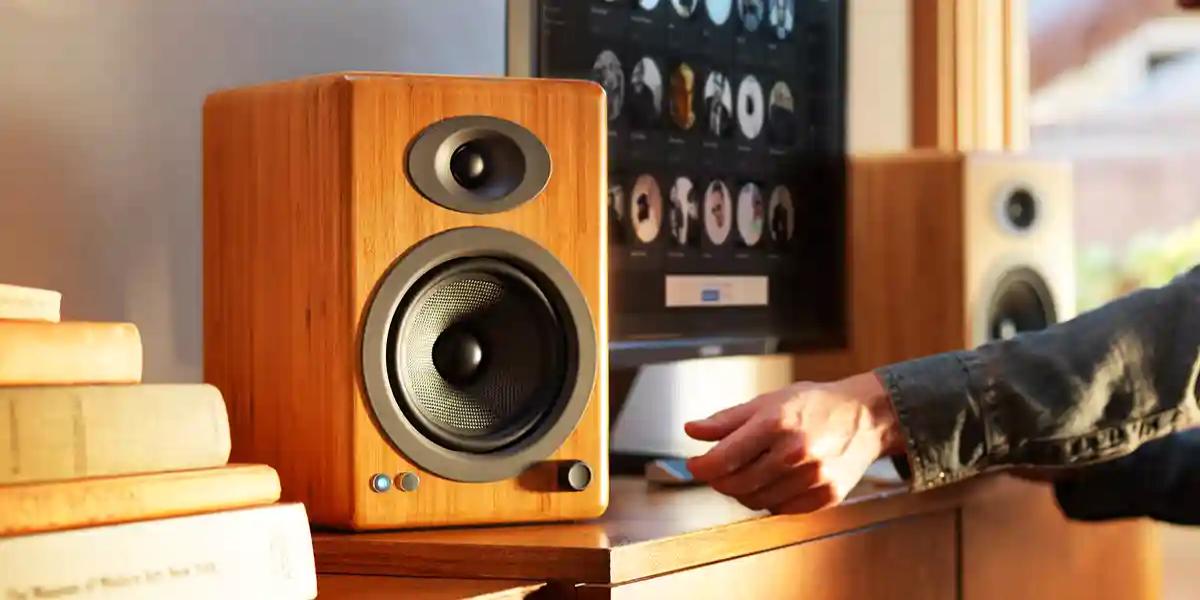
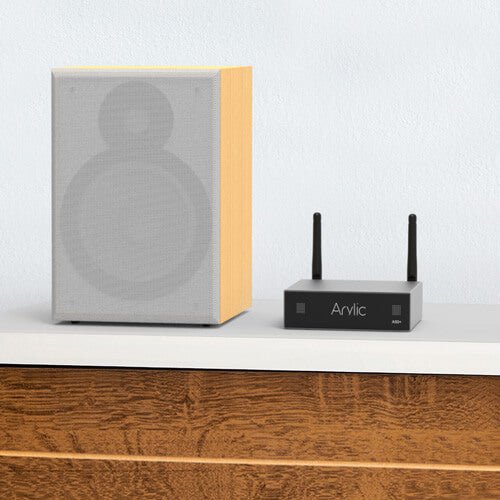
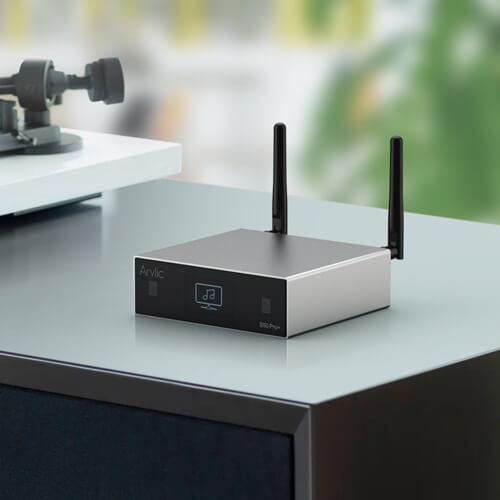
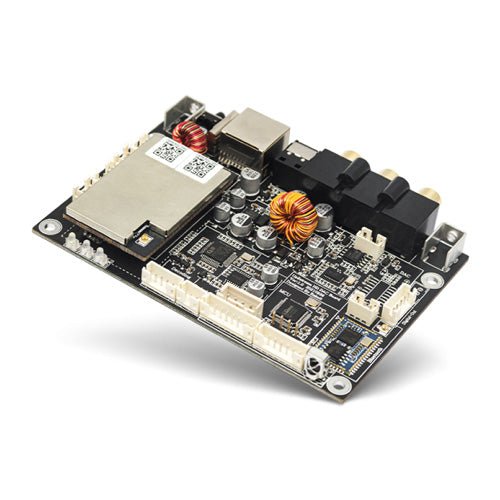
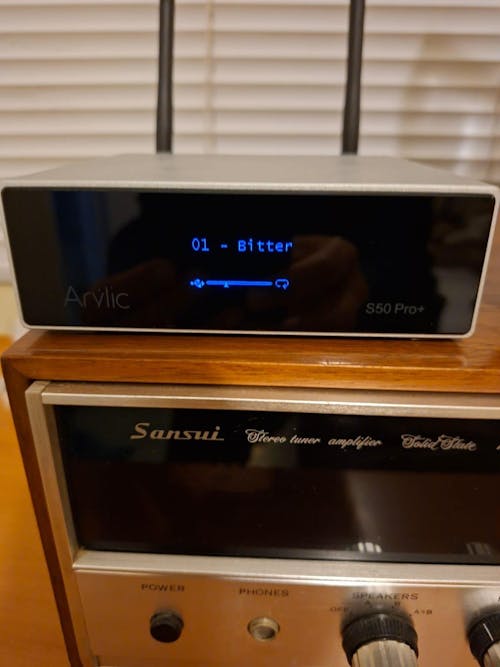
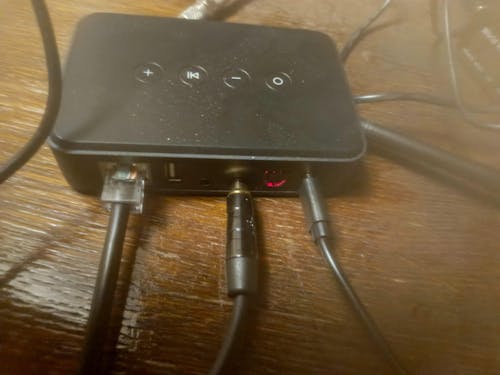
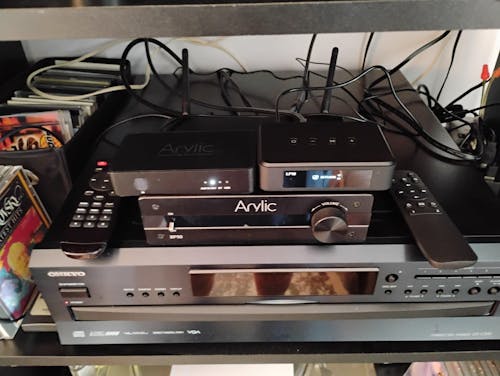
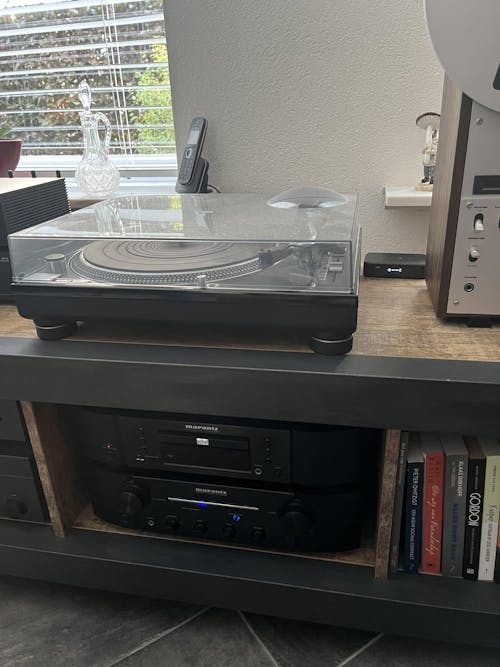
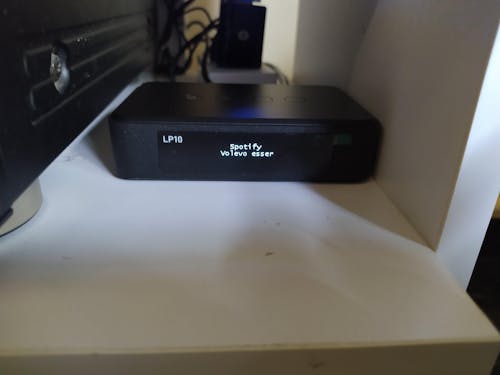
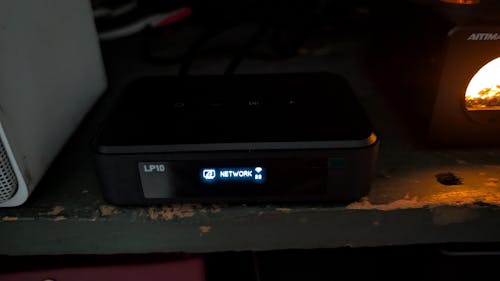
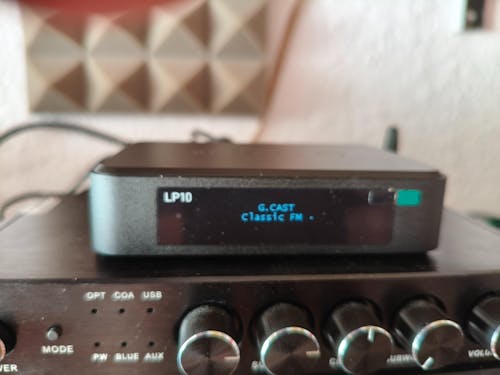


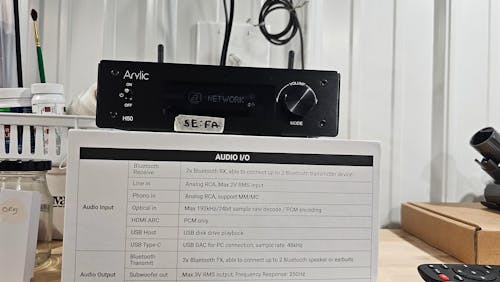
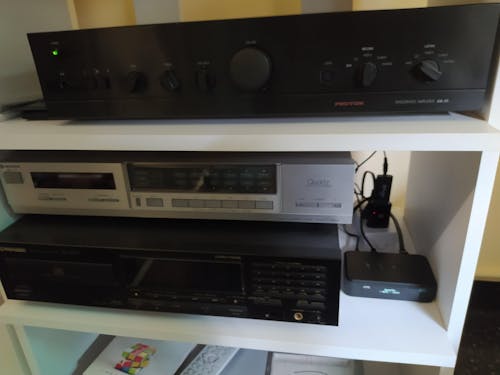
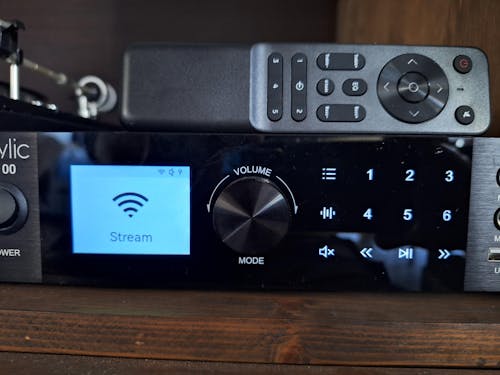
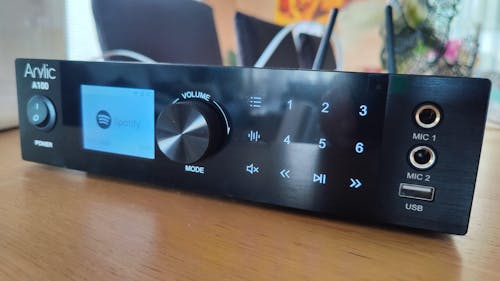

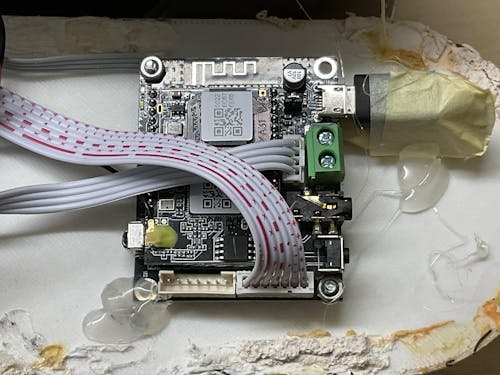
Leave a comment
All comments are moderated before being published.
This site is protected by hCaptcha and the hCaptcha Privacy Policy and Terms of Service apply.